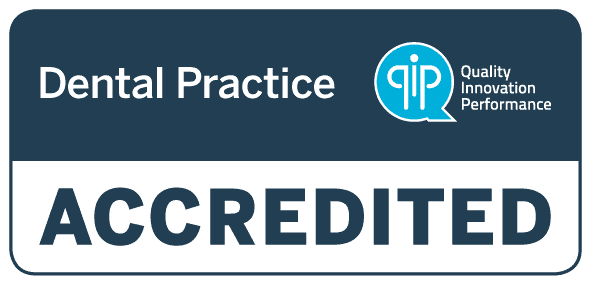These days, orthodontic treatments have become more accessible and convenient to many people because of modern technological advances. There was a time when children were offered orthodontics in the form of metal braces, but in recent years many adults started to have orthodontics because of their public lives. That is why metal braces are declining, and people prefer using clear braces like Invisalign.
Invisalign is an innovative new solution that is comfortable, removable and offers the desired results without any issues. This article will tell you how Invisalign work, why people want straighter teeth and which dental problems are fixed with Invisalign.
Why Do People Prefer Having Straighter Teeth?
The main reason for preferring straighter teeth is that people want to look better, which is usually the driving factor for the majority. But there is also a dental health reason for straightening teeth. It is essential to clean the teeth adequately, yet there are areas of teeth that are affected by plaque buildup.
Those with crooked teeth will find it difficult to use interdental brushes; therefore, getting the floss between the teeth can be a little awkward. That is why these people develop gum disease, oral health issues and other serious problems that may result in tooth loss. As straighter teeth can be healthy, the majority prefer such teeth.
How Does Invisalign Treatment Work?
You must be wondering how Invisalign work because it’s virtually invisible. It works by recreating the smile digitally, as software calculates how much a tooth is required to move and in what direction it will move. Other than that, there is also a calculation about how much it has to be rotated to get the desired results.
With the software’s help, the dentist learns the number of steps to break down the movement. There is an aligner for every step, and each tooth is calculated with the software that creates an aligner fitting over the teeth. Typically an aligner is worn for two weeks that moves the teeth gently in the correction direction.
When the teeth are moved, the aligner is replaced with a new one, and the movement continues. One aligner is replaced with the next one until the final destination is reached. After initial scans and diagnostic work, your dentist can determine how long the entire procedure will take.
Which Dental Problems can be Fixed by Invisalign?
Although the research on Invisalign is still limited, this treatment is successful for several conditions. Crowded teeth, overbites, underbites and teeth gaps are some of the significant problems that Invisalign can fix. The aesthetic appearance and these problems can also affect our overall dental health.
When we have gapped teeth, the gums are unprotected, which can cause periodontal disease. The overbites and underbites can cause stress in the jaw and lead to painful issues in the joints. On the other hand, when the teeth are overcrowded, it can lead to plaque accumulation. Invisalign can address all these problems and give you optimal oral health.
Elevate Your Confidence with Invisalign in Wollongong, NSW, Australia
Over the past few years, Invisalign has become a superb choice for those who want to improve their smile without using traditional braces. If you want to determine whether you are the right candidate for Invisalign or not, Dentist 4 U is there to help you. We have years of experience in straightening smiles and can elevate your confidence and increase your clarity about the entire procedure.
If you have any questions regarding how Invisalign work, or you want to schedule a consultation, get in touch with us. Our dentists in Wollongong will be more than happy to help you. We also have experienced dentists in Fairy Meadow to serve the community.



